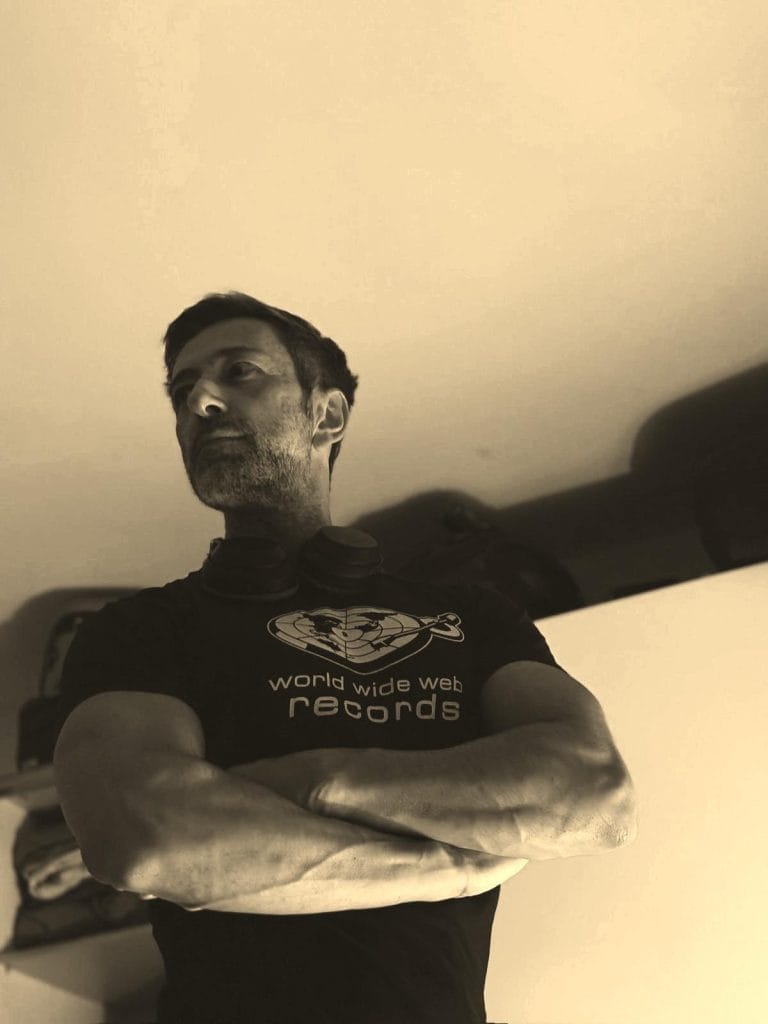It’s been two years since Theory of Movement, the artist project of Dan Piu and Grant, have been in the spotlight. We’re happy to report that they’re back.
Theory of Movement has returned with the brand new “Structural” EP, released on W.T.M.C – which stands for When The Morning Comes. It’s a masterful deep house four-tracker that pays homage to the genre’s origins while also pushing the duo’s sound further forward. As they proudly claim, house music is not dead!
Both Dan Piu and Grant have been active for decades now, holding a combined 50+ years of experience on the music industry. The both are wildly prolific in their own right (Piu’s knowledge of analog synthesis has brought him acclaim, while Grant is 1/2 of the NYC house duo Frank & Tony that’s been holding down a monthly residency at Public Records in Brooklyn) but their best work really seems to come out when they create together.
To celebrate the duo’s return, we sat down with them to see if they had any production tips for any newer producers looking to follow in their footsteps. Their responses include some incredible tips on mixing, bass lines, and making your music feel alive. Read on for more!


1. Sample Preparation
We often prepare the samples (if we even need any) together beforehand. It’s not the most exciting or enjoyable part of the process, but it makes producing much easier when everything is ready to go.
2. Mix While Producing
Contrary to many theories and approaches, we mix while we produce. This gives us a better feel for the track and saves us from tedious additional mixing later on.
3. Embrace Variety
Bringing life into the music is essential. Even though electronic music is often machine-driven, the human factor should never be missing. We don’t quantize everything..many elements are played live and kept as recorded. Even in more loop-based sections, we always try to add subtle modulations..no single bar should sound exactly like the next. We often use the Roland TR-808 or TR-909, as both machines have an organic feel and never sound exactly the same. This gives the track the necessary vibration.
4. Focus on the Bassline
We consider the bassline one of the most crucial elements of our music. The bass takes up the most space in the frequency spectrum and is key to whether a track grooves or not. We frequently tweak the synth’s envelope afterward, adjusting the recorded sound until it feels just right. Even slight changes, like a slightly longer attack time or minor decay adjustments, can make the bass sound tighter and punchier.
5. Listen to Everything
We listen to a lot of music and are also active DJs, which gives us a good instinct for arranging a track properly. Over time, we’ve developed certain workflows and templates that help us shape a track’s storyline in a dynamic way, balancing energetic and calm moments. In general, we believe that listening to a wide variety of music is essential to constantly expanding our creative horizons.
6. Explore Tape Synthesis
We record our tracks into an old reel-to-reel machine from the 1960s by Revox. This adds warmth and cohesion to the sound. It also smooths out some of the harsher digital glitches in the upper frequency range, giving the final track a more natural feel.
Buy the “Structural” EP here!
The post Veteran Producer Duo Theory of Movement on How to Bring Life & Cohesion to Your Music appeared first on Magnetic Magazine.




